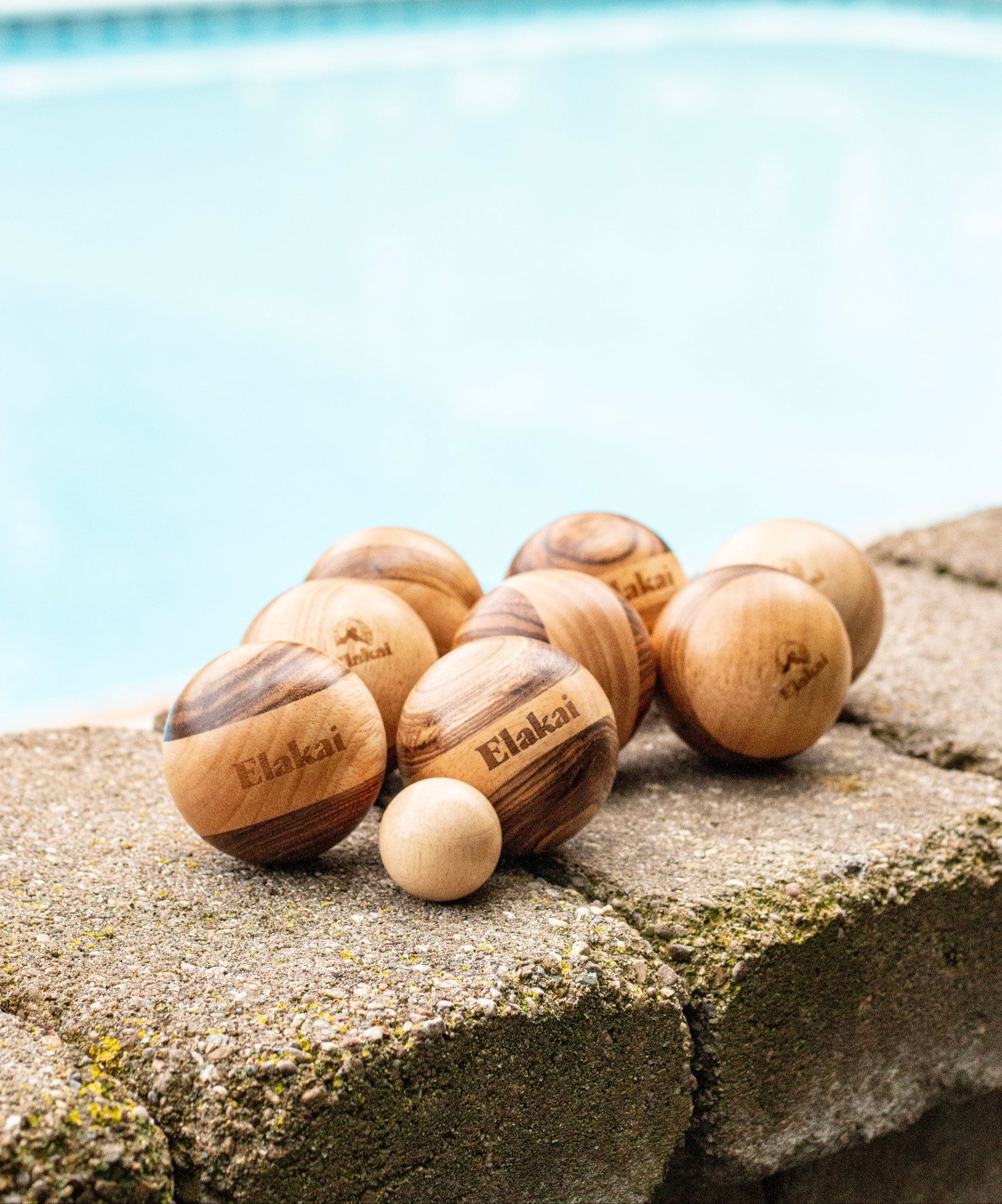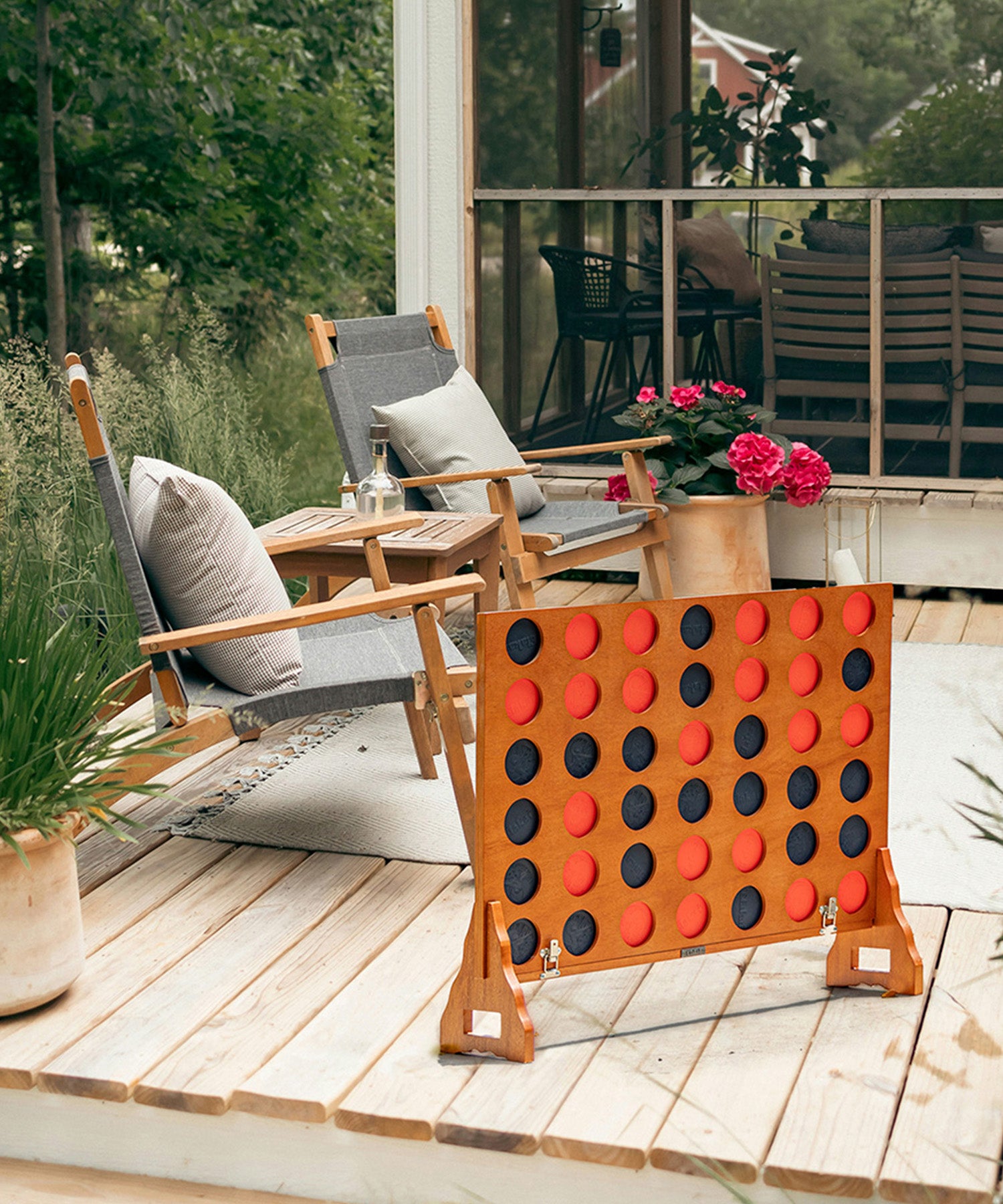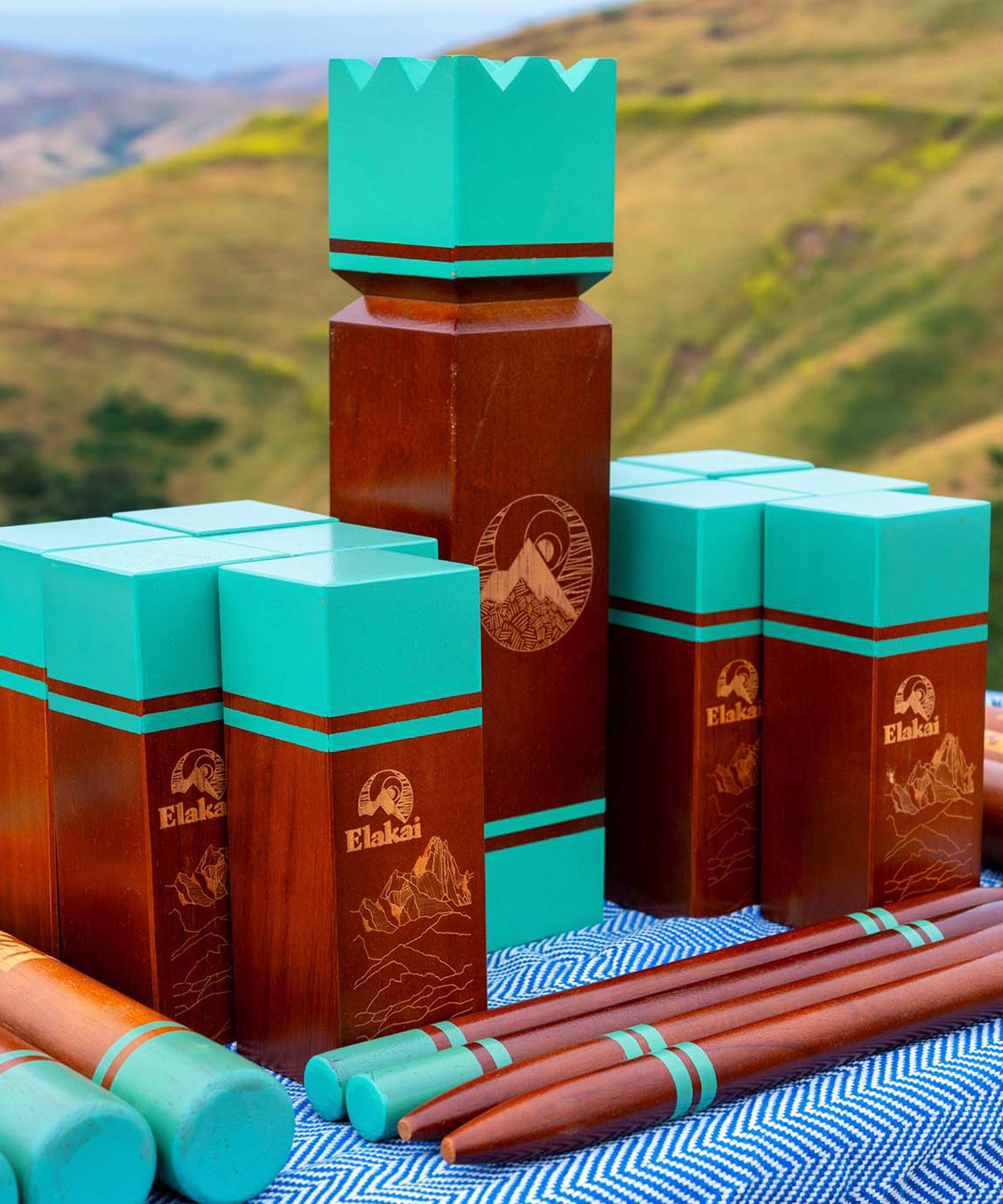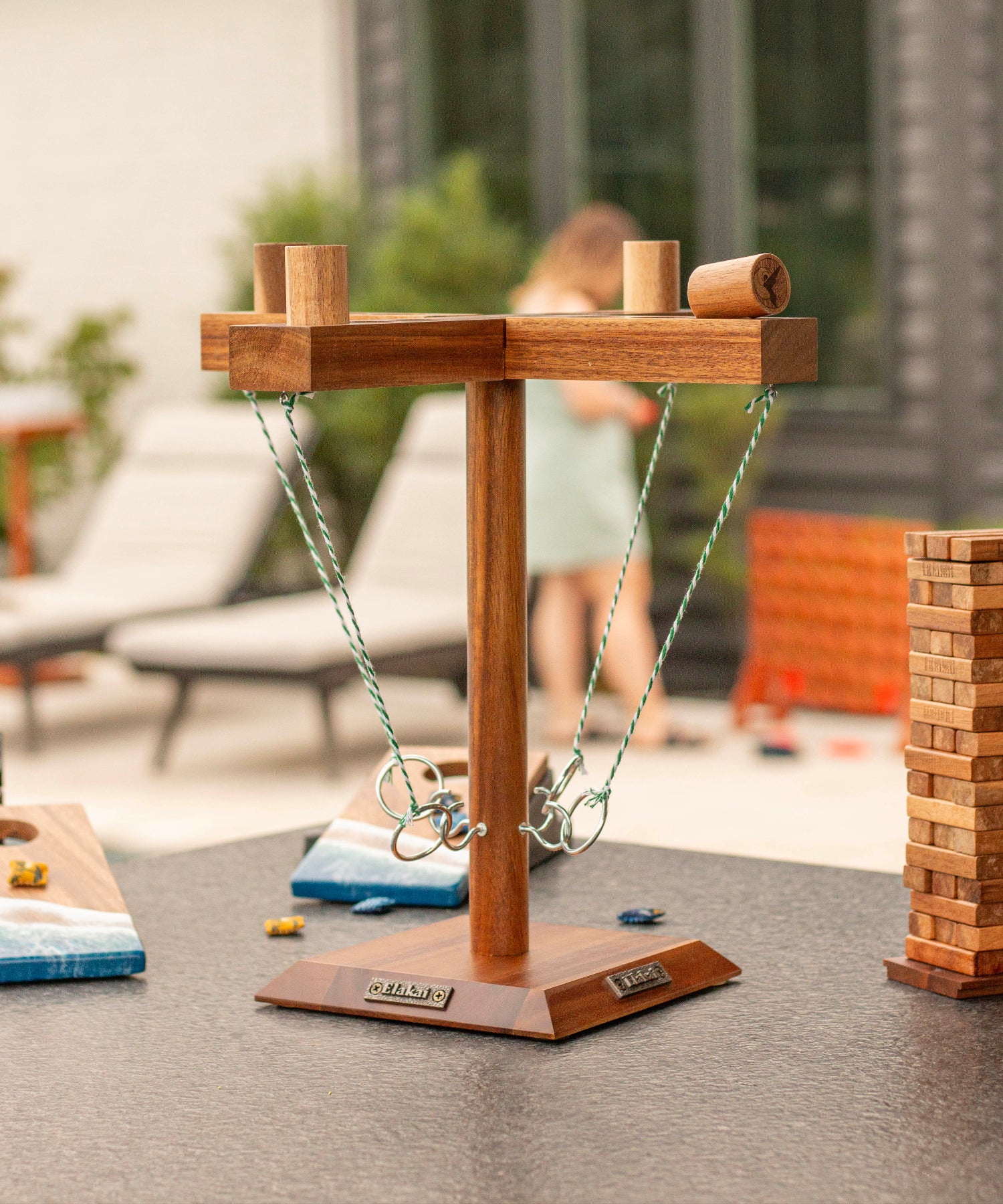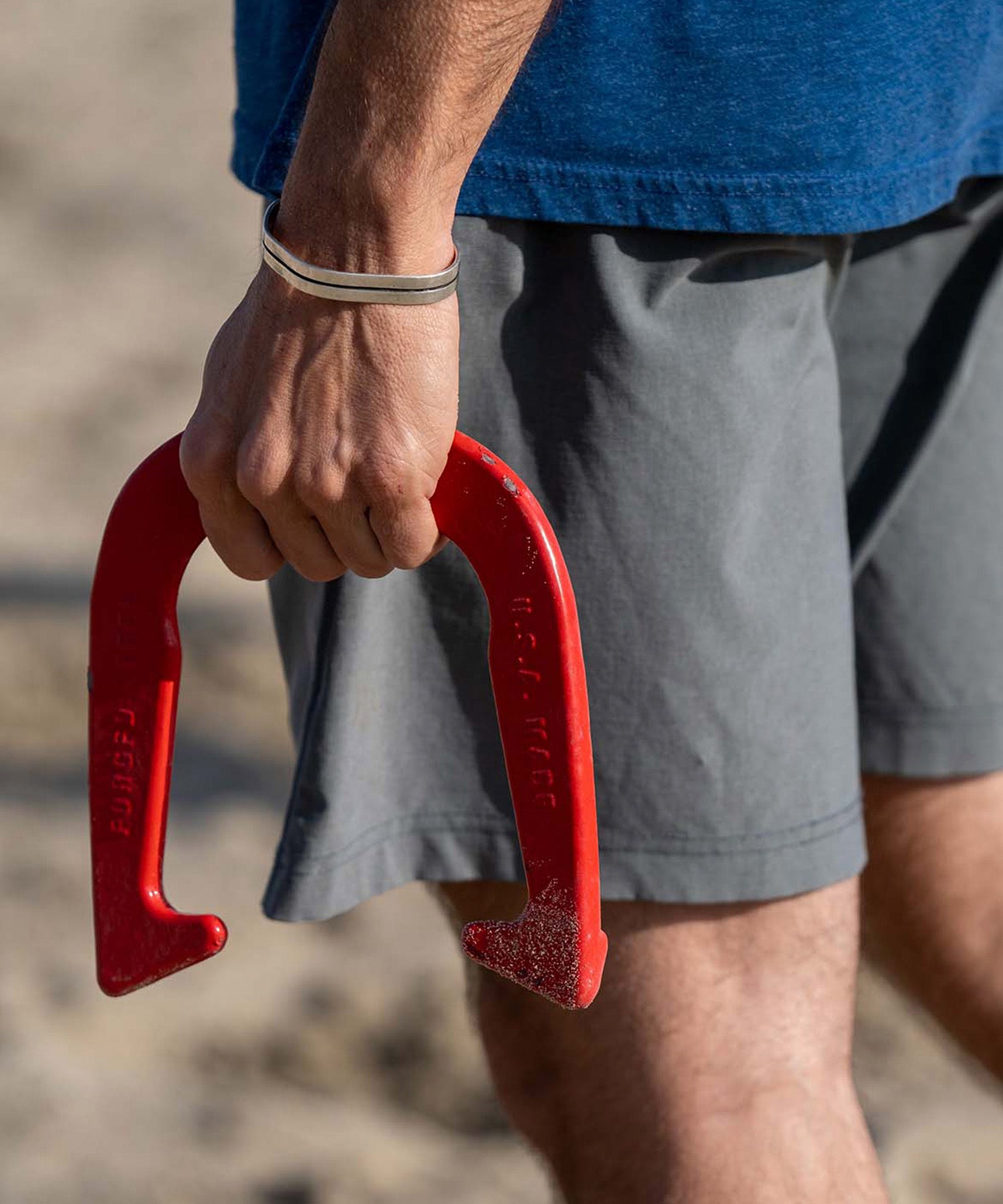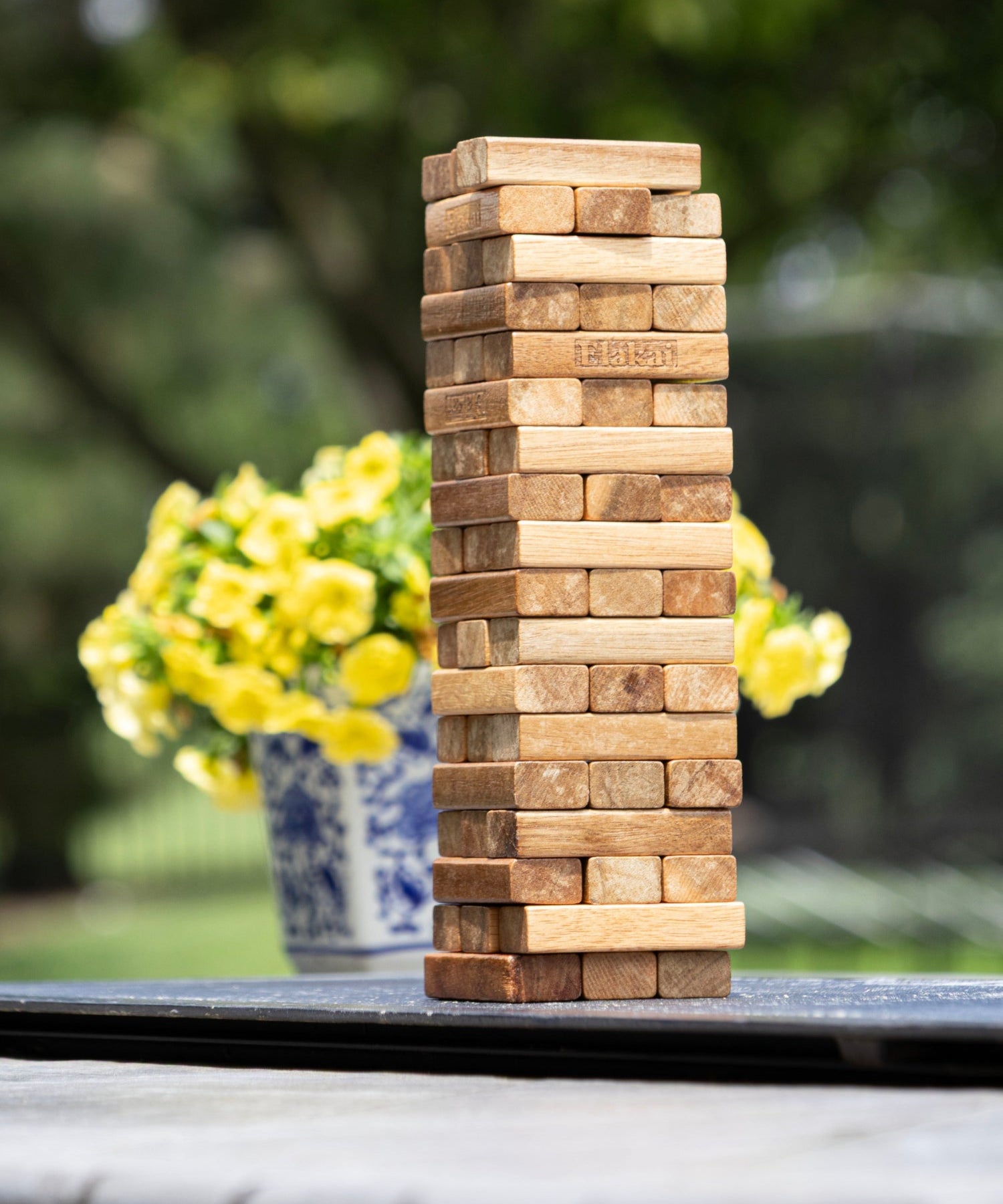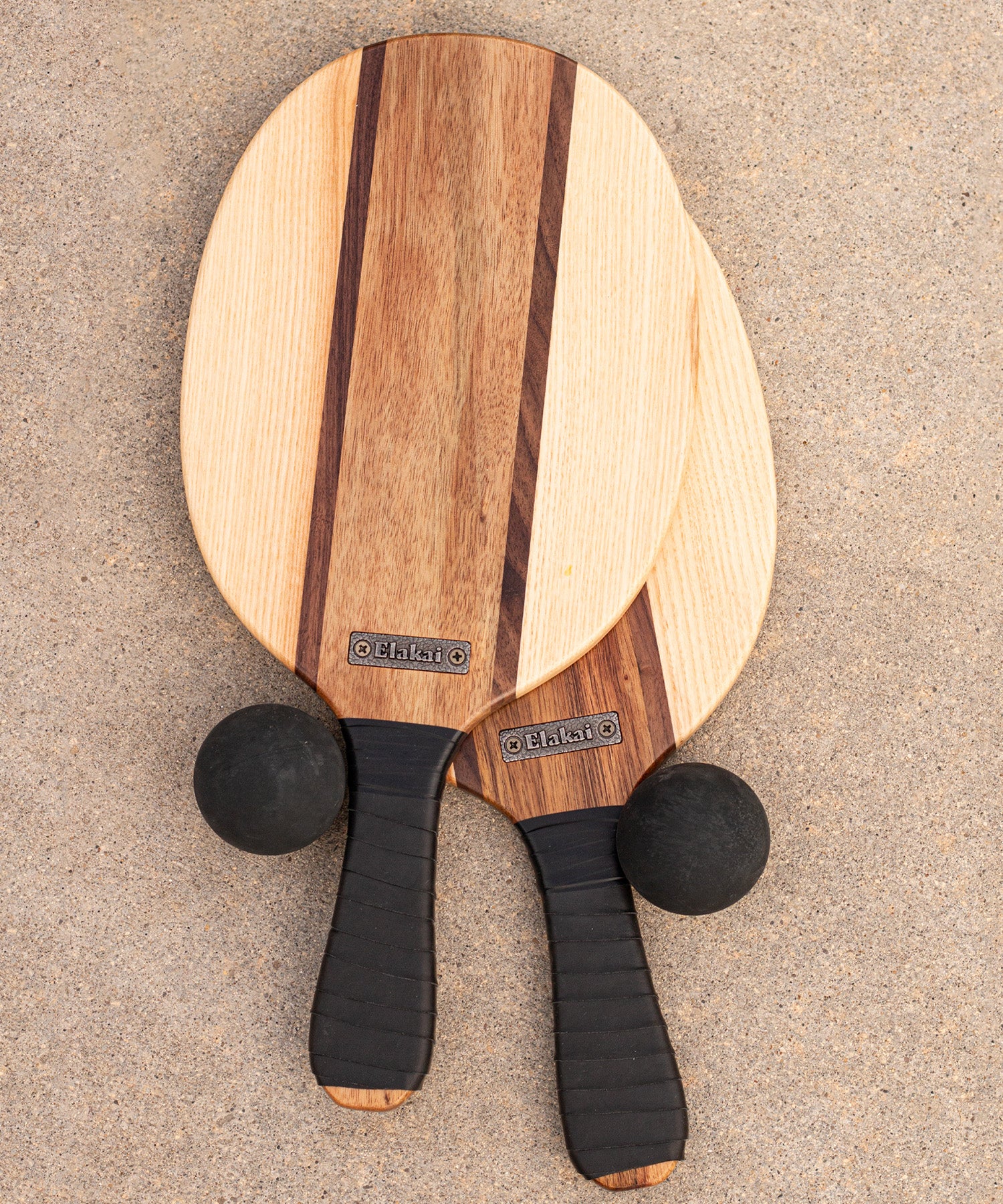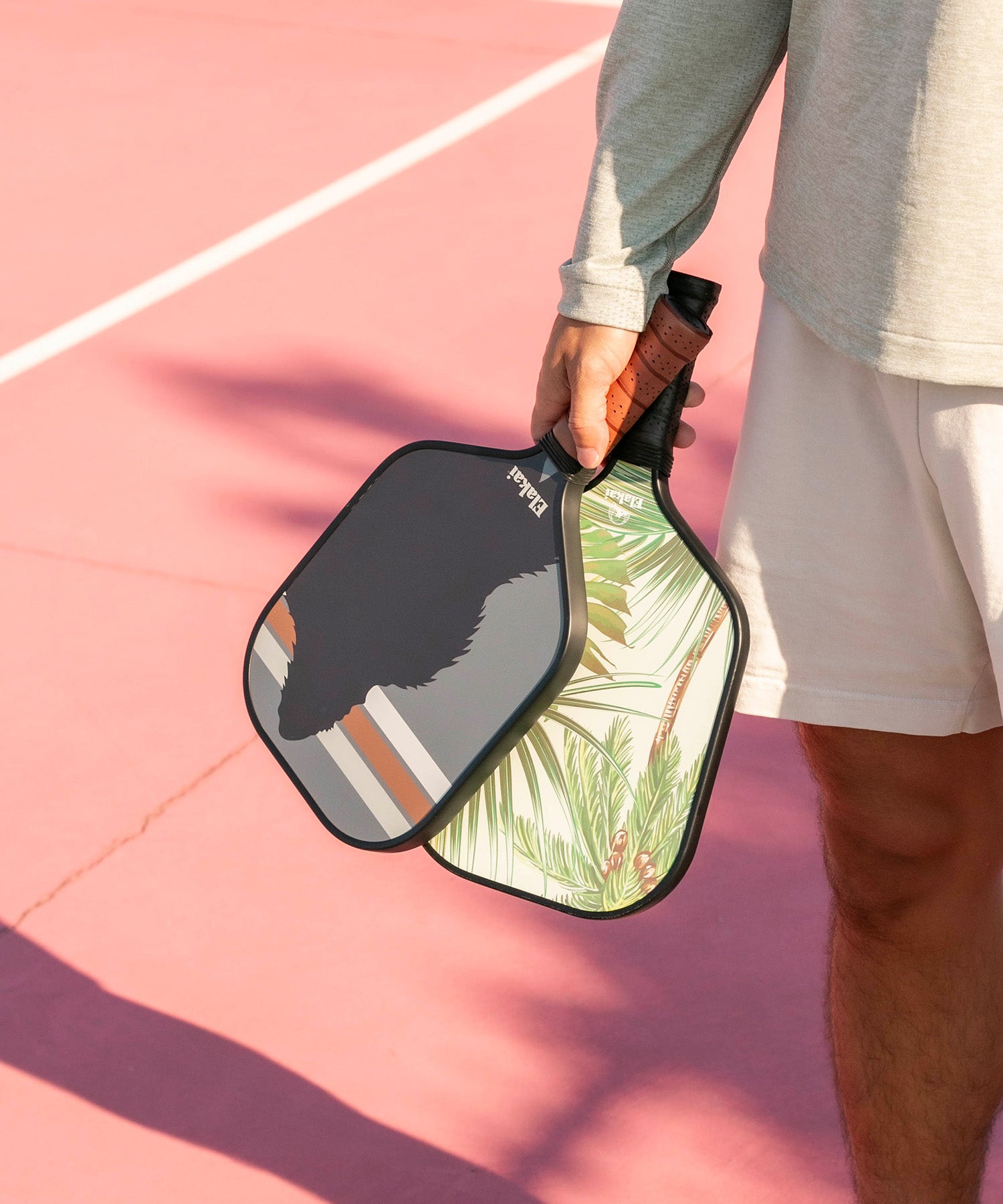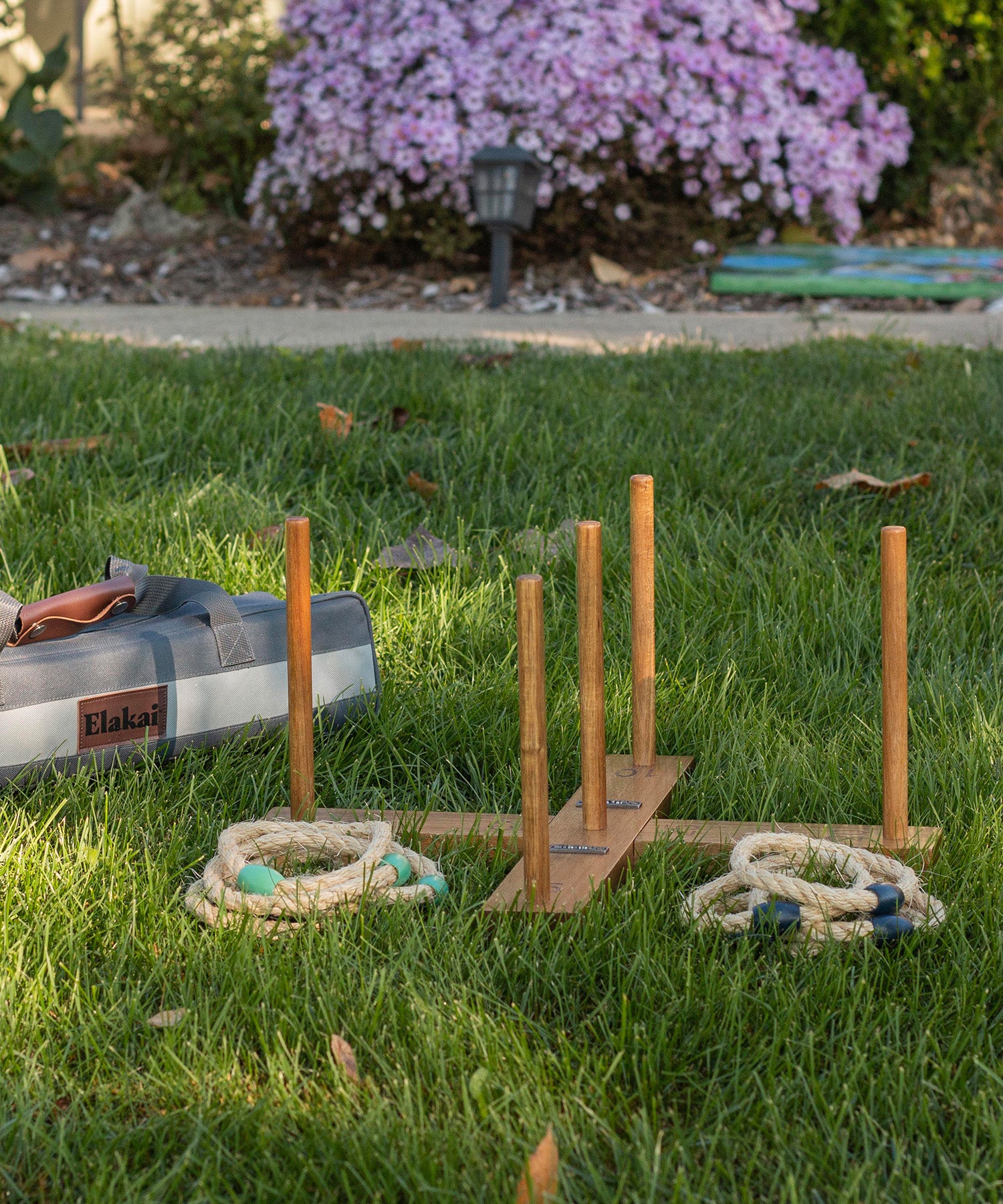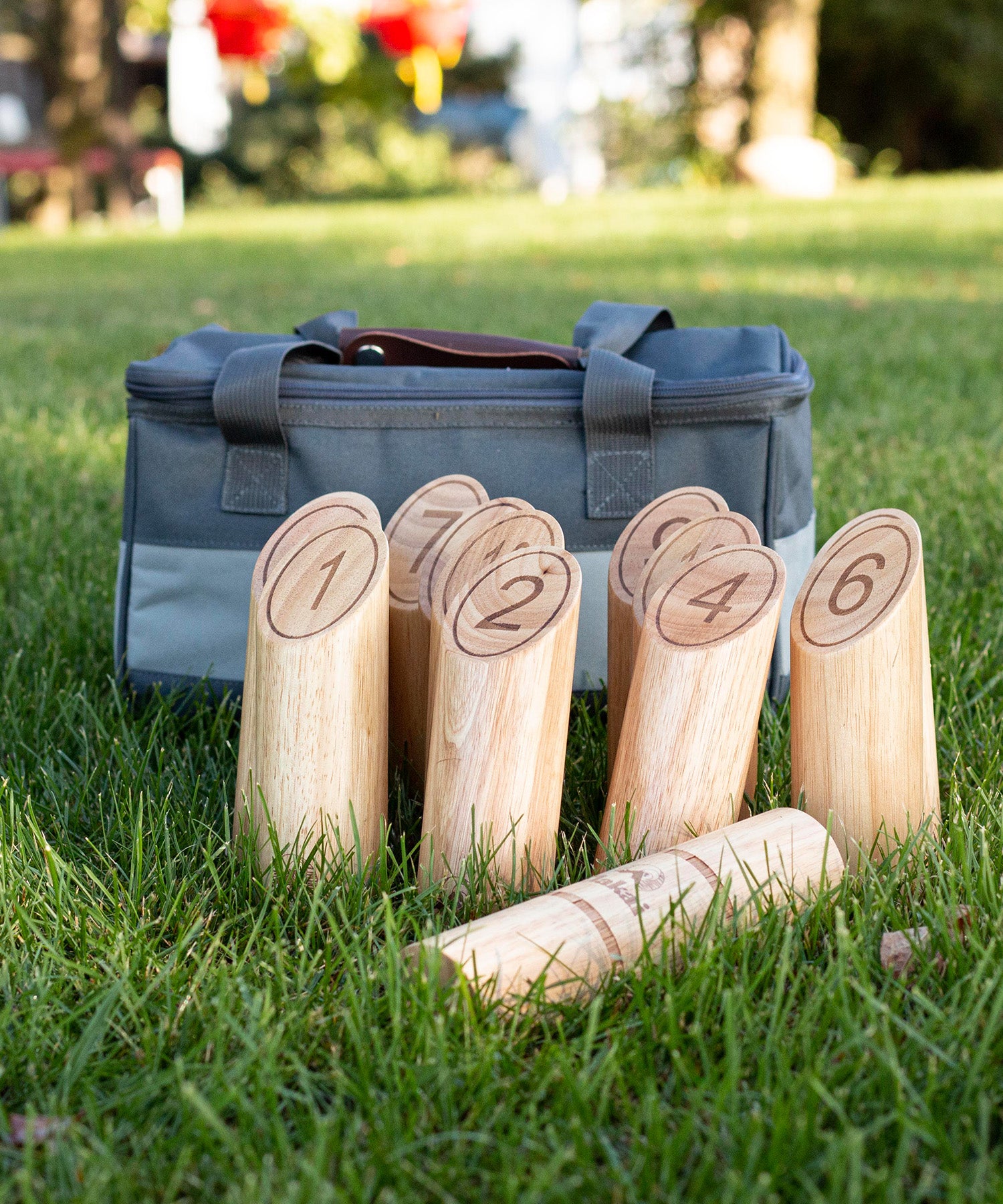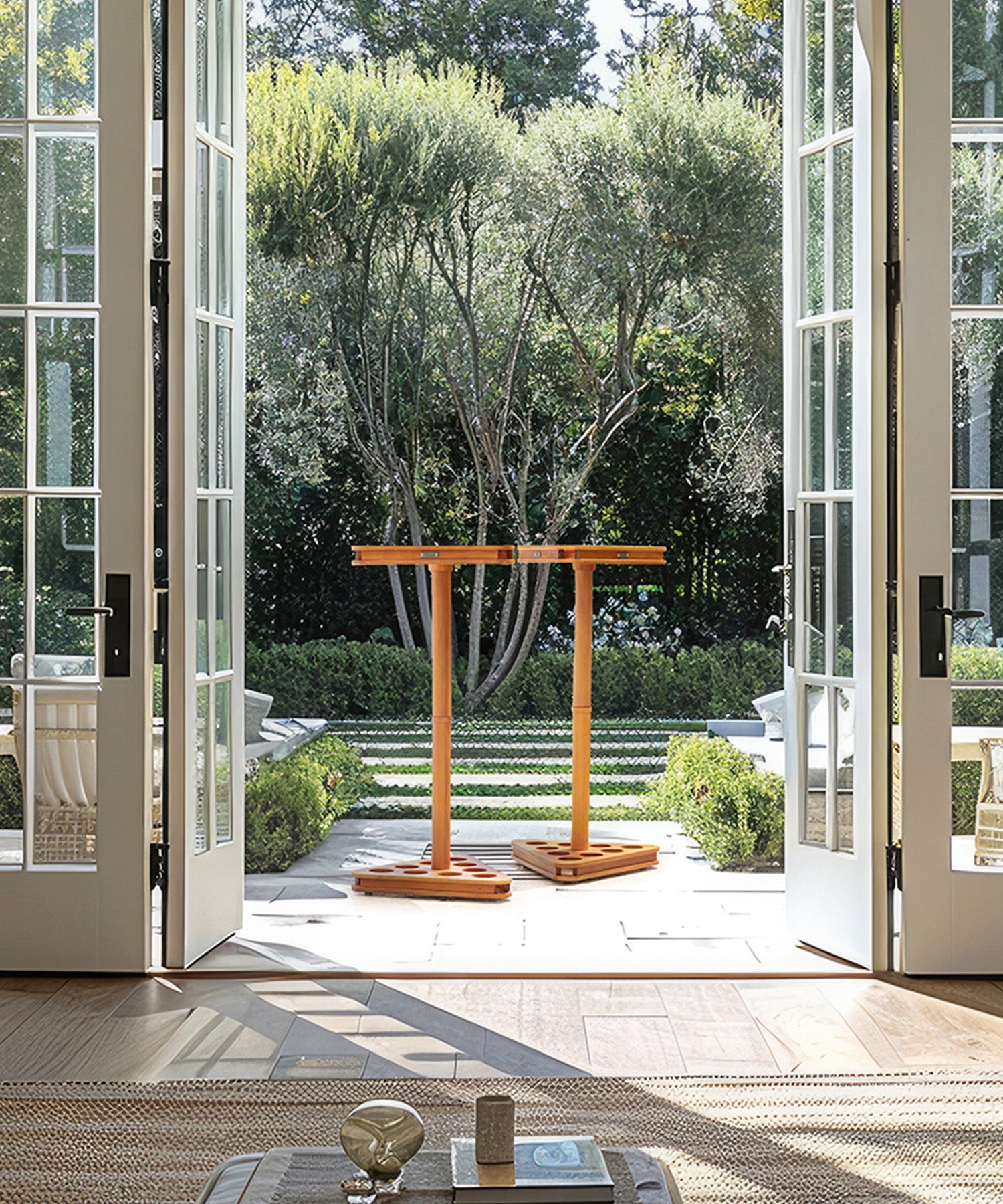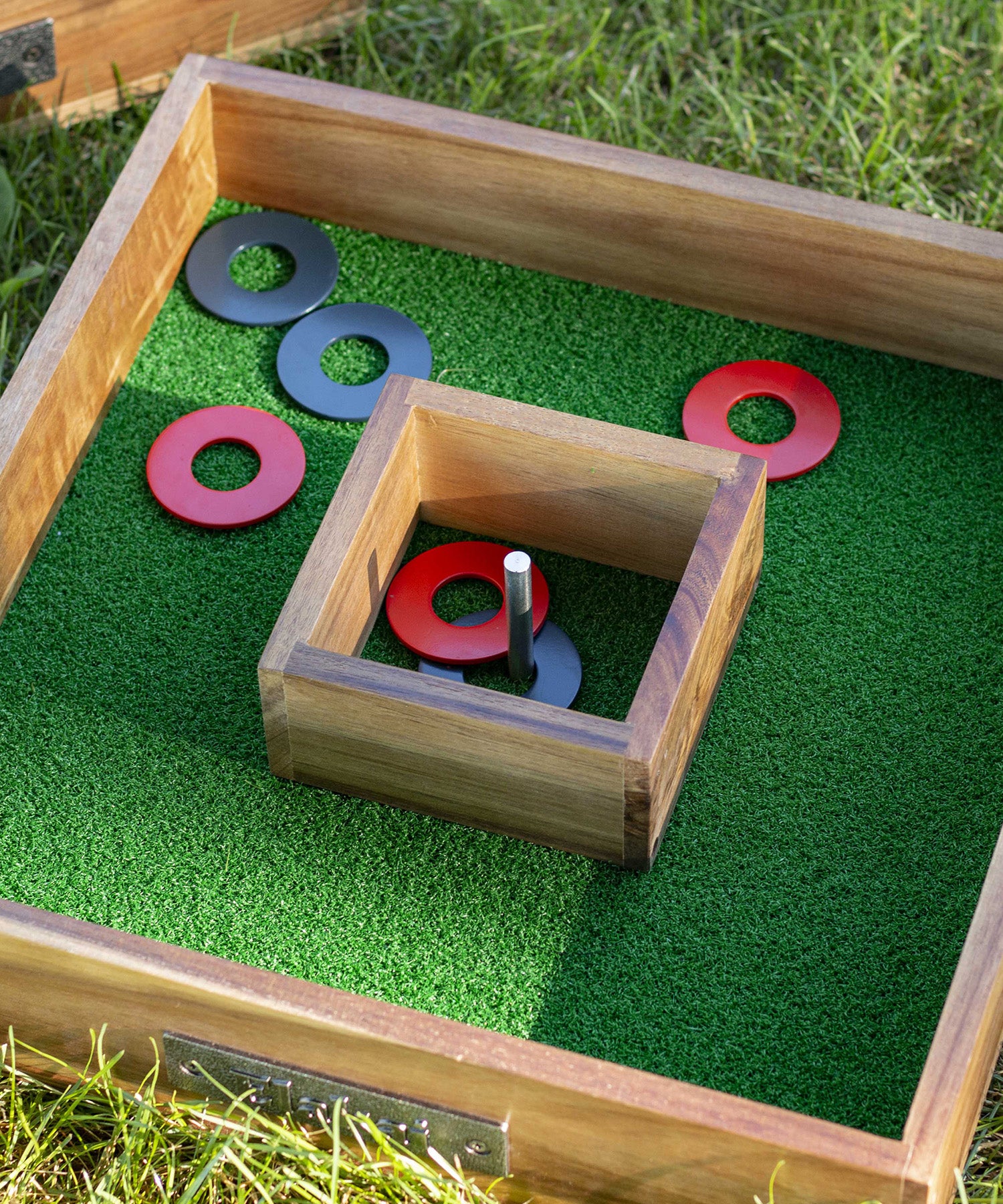Horseshoes is a game enjoyed by world leaders and civilians alike. The classic outdoor game has a rich history spanning hundreds—possibly thousands—of years and has been making quite the buzz. While the game declined in popularity after the turn of the 21st century, it has resurged in popularity as Americans have become more interested in outdoor games.
If you’re looking for everything you need to know about the game of horseshoes, you’ve come to the right place. Throughout this article, we’ll explain how to play horseshoes, and we’ll even give you a quick rundown of the game’s humble origins.

From Ancient Military Encampments to the White House Lawn
Legend states that horseshoes originated back in Ancient Rome over 2000 years ago. The story goes that while out on deployment, Roman soldiers would collect used horseshoes discarded by their officers and pitch them towards a target. The game is widely believed to be the layman's version of the game “quoits,” which was enjoyed by members of Roman high society and was expensive to own.
The mythos behind the game being the poor man’s quoits persisted well into more modern times. Following the American Revolution, the Duke of Wellington purportedly insulted the Americans as “pitchers of horse hardware.” This led to the game gaining prominence in American society, and it has remained popular ever since.
Surprisingly, our modern iterations of horseshoes can actually be traced back to 19th-century England. Nevertheless, it was Americans that mastered the game and held the first-ever world horseshoes tournament. The competition took place back in 1910 in the small town of Bronson, Kansas.

How to Set Up Horseshoes
The setup for horseshoes is pretty straightforward. You’ll need the two stakes that are included in every horseshoe set and an adequate amount of space to set them up. We’ll cover the standard setup for most players, and we’ll provide some recommendations that will make the game more enjoyable for younger players.
Standard Playing Area
The standard setup for horseshoes is suitable for most adults, teenagers, and older children.
Traditionally, horseshoes is played in a “pit.” If you’re looking for a permanent place to set up your horseshoes and want to enhance your experience, building a pit can be a fun DIY project. Otherwise, driving the stakes into your lawn is a perfectly acceptable way to play.

The two stakes are set up 40 feet apart from one another.
A foul line should be marked 3 feet in from each stake.
The stakes should stick out about 15 inches from the ground. The stakes can be driven into the ground either vertically or at a slight angle, although the angle should not exceed 3 inches (12°) towards the opposite stake.
Modified Playing Area
Shortening the distance between the stakes will make the game much more accessible and enjoyable for them if you have children who are just learning to play the game.
A good starting point is a 20-foot foul area between the stakes. This effectively cuts the playing area in half.
The foul area can be expanded to 27 feet once they have mastered the shorter distance. And once they get comfortable with this distance, they’ll be ready to play on the standard playing area.
How to Play Horseshoes
First things first. Horseshoes is played in “innings.” At the start of each inning, one player tosses both of their horseshoes before play is passed on to the other player.
Once both players have tossed their horseshoes, tally the points, collect the horseshoes, and begin the next inning.
There are two different ways that a game can be played. You can play a game until a specific score limit is reached; alternatively, a game can be played until a specific number of innings are completed. A combination of the two can also be used.
There is only one additional rule that must be followed; when pitching a horseshoe, do not cross the foul line. If you do, then that horseshoe is disregarded for scoring purposes.
Scoring
The scoring system used in horseshoes is relatively simple and straightforward.
If you toss a horseshoe and the stake falls within the two heels of the horseshoe, it is considered a “ringer” and is worth 3 points.
If you and your opponent both score a ringer, they cancel each other out and no points are awarded.
If a horseshoe lands within 6 inches—which is the length of 1 horseshoe— of the stake, it is considered a “leaner” and is worth 1 point.
Unlike ringers, leaners do not cancel each other out.

It’s also important to note that for each horseshoe you have closer to the stake than your opponent’s horseshoes, you gain 1 additional point.
If you’re playing until a score limit is reached, 40 is the standard max score.
Advanced Techniques
Like many backyard games, learning how to play horseshoes is easy—but becoming a master horseshoe pitcher is difficult. While anyone can simply pick up a horseshoe and pitch it towards a stake, the game has a very high skill ceiling that takes a lot of practice to reach. We’ll cover some of the advanced techniques you can work on to showcase your horseshoe pitching prowess to all your opponents.
Pitching Techniques
There are three main pitching techniques for you to master the standard toss, the reverse toss, and the filp toss. The main difference between the different techniques is how the horseshoes are held. No toss is inherently better than another, but each player will find that one fits their playstyle better than the rest.
Standard Toss
The standard toss requires that a player hold their horseshoe with the opening facing left while gripping the horseshoe by one shank. As you release the horseshoe, slightly twist your wrist to the right. If done correctly, the horseshoe should make 1 ¼ rotations while in the air.
Reverse Toss
The reverse toss is essentially the same as the standard toss, but the horseshoe is held with the shanks facing the right. If thrown correctly, it will turn make 1 ¾ rotations while in the air.
If you are a left-handed pitcher, reverse these two tosses.
Flip Toss
The flip toss is entirely different than the standard and reverse tosses. For this toss, you must hold the horseshoe by the toe with the shanks facing the stake. The horseshoe should make a complete 360° flip if thrown correctly.

Arm Movement
The movement of your arm plays a crucial role in the success of your horseshoe toss. The swing is crucially important and can be mastered with practice.
As you continue to play, experiment with different release points to figure out which works best for you. The optimal throw will have just enough of an arc to hit the stake successfully.
If you release the horseshoe too early, it will land short. If you release it too late, it will go too high and miss the target.
Also, pay attention to how your hand is moving during the swing. Think of it like bowling. The slightest twist of the wrist upon release impacts how much hook a bowling ball will have as it goes down the lane.
Similarly, twisting your wrist while pitching will determine how much a horseshoe rotates while in the air.

Building a Horseshoes Pit
If you’re looking to take your horseshoe pitching to the next level, then building your very own horseshoe pit is the way to go. Of course, you’ll need to construct two pits total for proper gameplay. In this section, we’ll lay out the dimensions of a standard horseshoe pit as the best materials to fill them with.
A regulation pit is 36 inches wide and 72 inches long. The inside of the pit should be filled with either sand, dirt, or clay. These are the most common fillers used because they help ensure that the horseshoes do not bounce too much when they hit the ground.
Keep in mind that if you choose to fill the pit with clay, you will need to water it periodically to ensure it maintains its texture.
Each pit should also have a backboard that is at least 1 foot tall. The backboard should be 4 feet behind the stake—which is in the center of the pit.

Start Playing Horseshoes Today!
Horseshoe is a great game that can be played by people of all ages. And while it’s simple to get into, it’s not easy to master. Whether you’re looking for a fun game for the whole family or want to challenge your friends and family at your next barbeque—Elakai has precisely what you need.
At Elakai, all our products are artisanally crafted with both durability and aesthetics in mind. Our beautiful horseshoe sets are made of durable, solid steel, so you don’t have to worry about the horseshoes or stakes breaking.
Each component is designed to align with NHPA regulations so you can take your play to the next level in a sanctioned tournament.
So now that you know how to play horseshoes, pick up your Elakai Premium Horseshoe Game Set today, and outshine your competition.

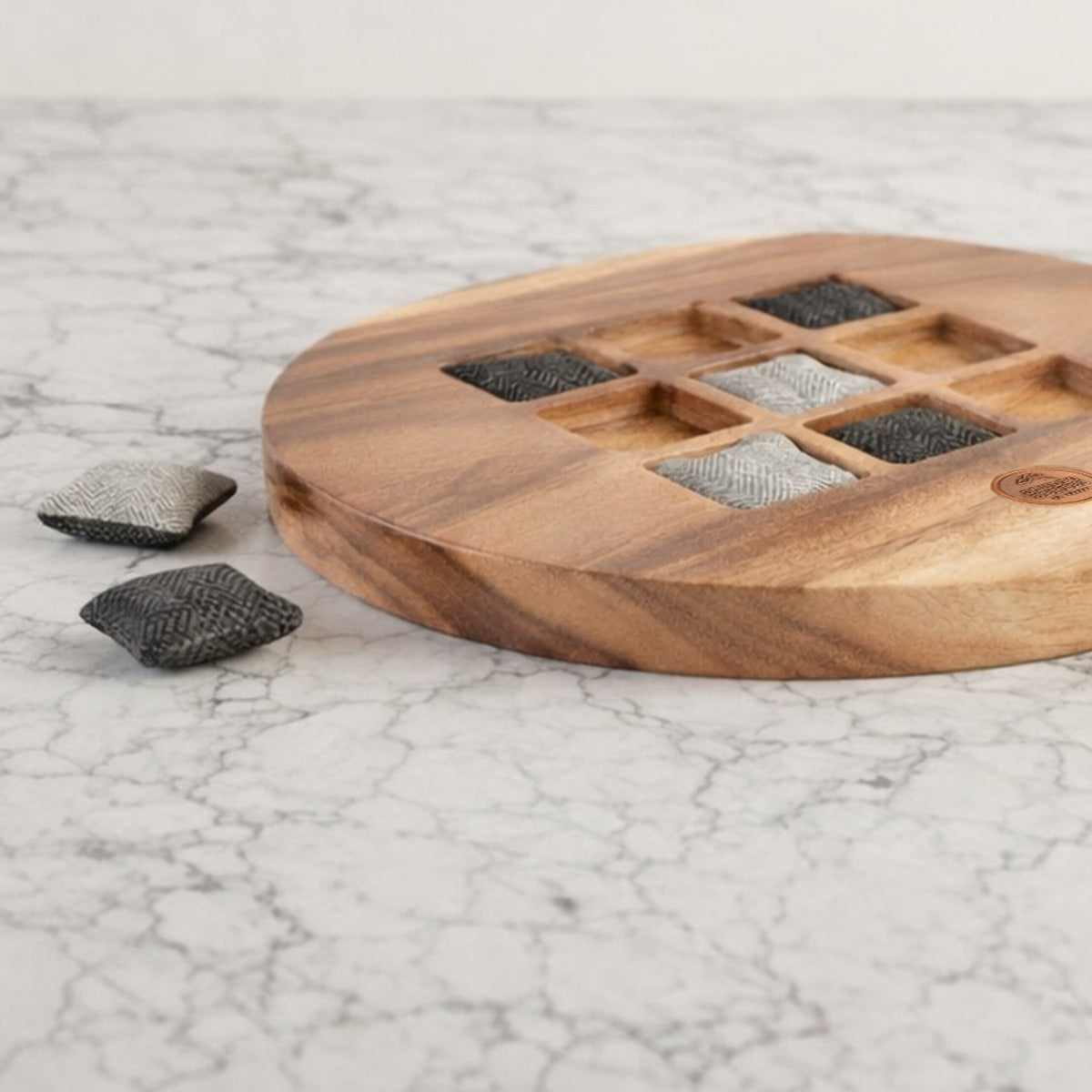

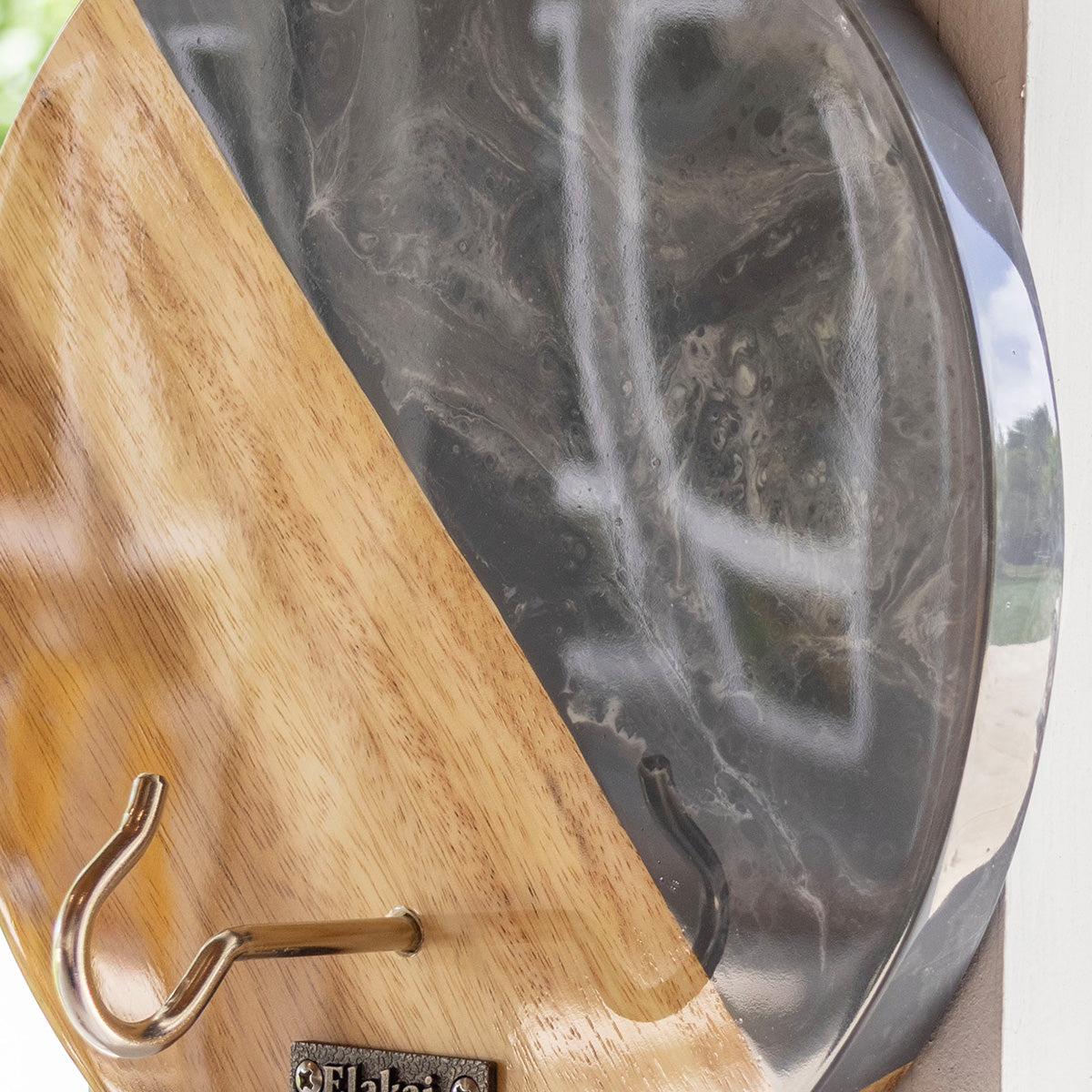
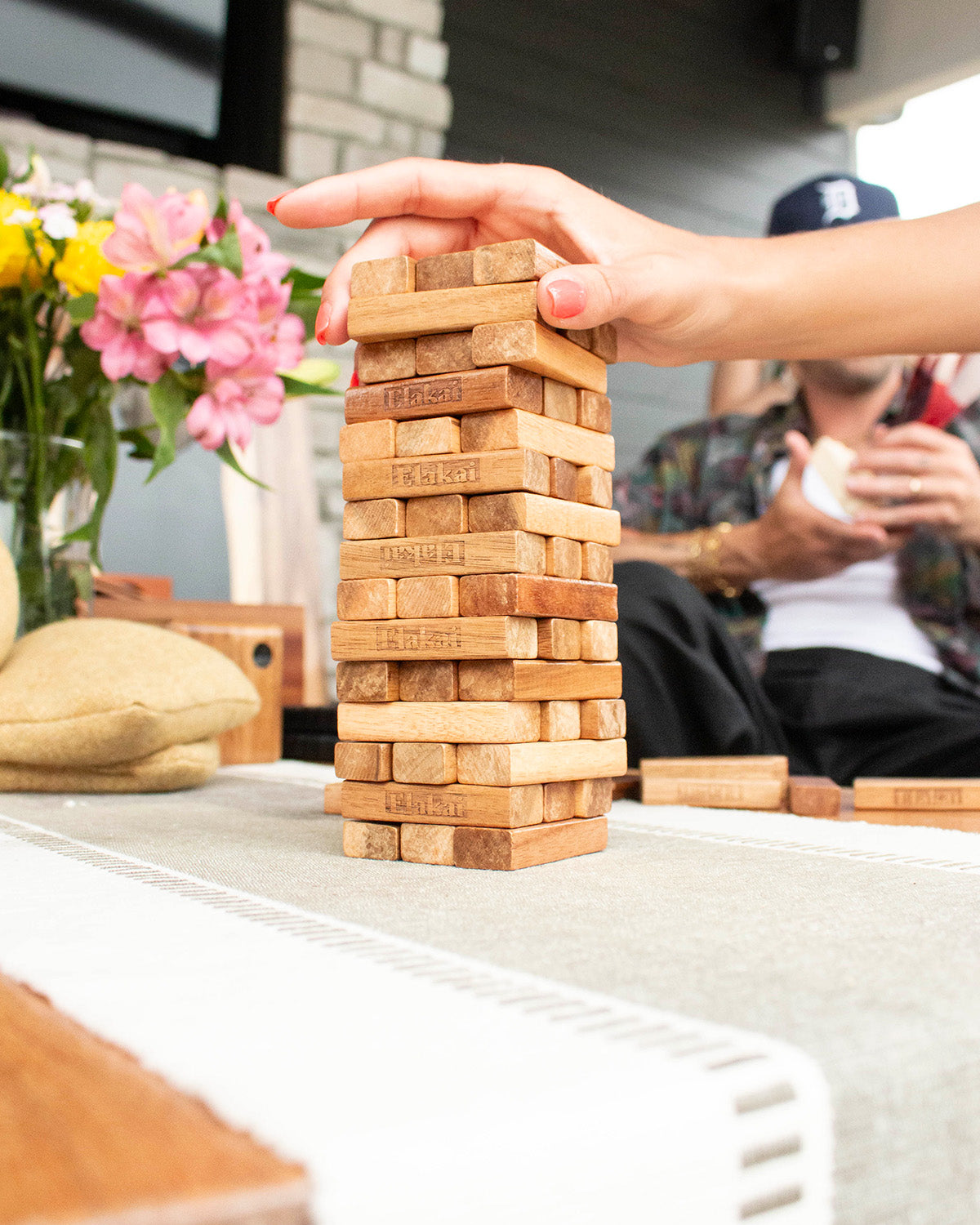
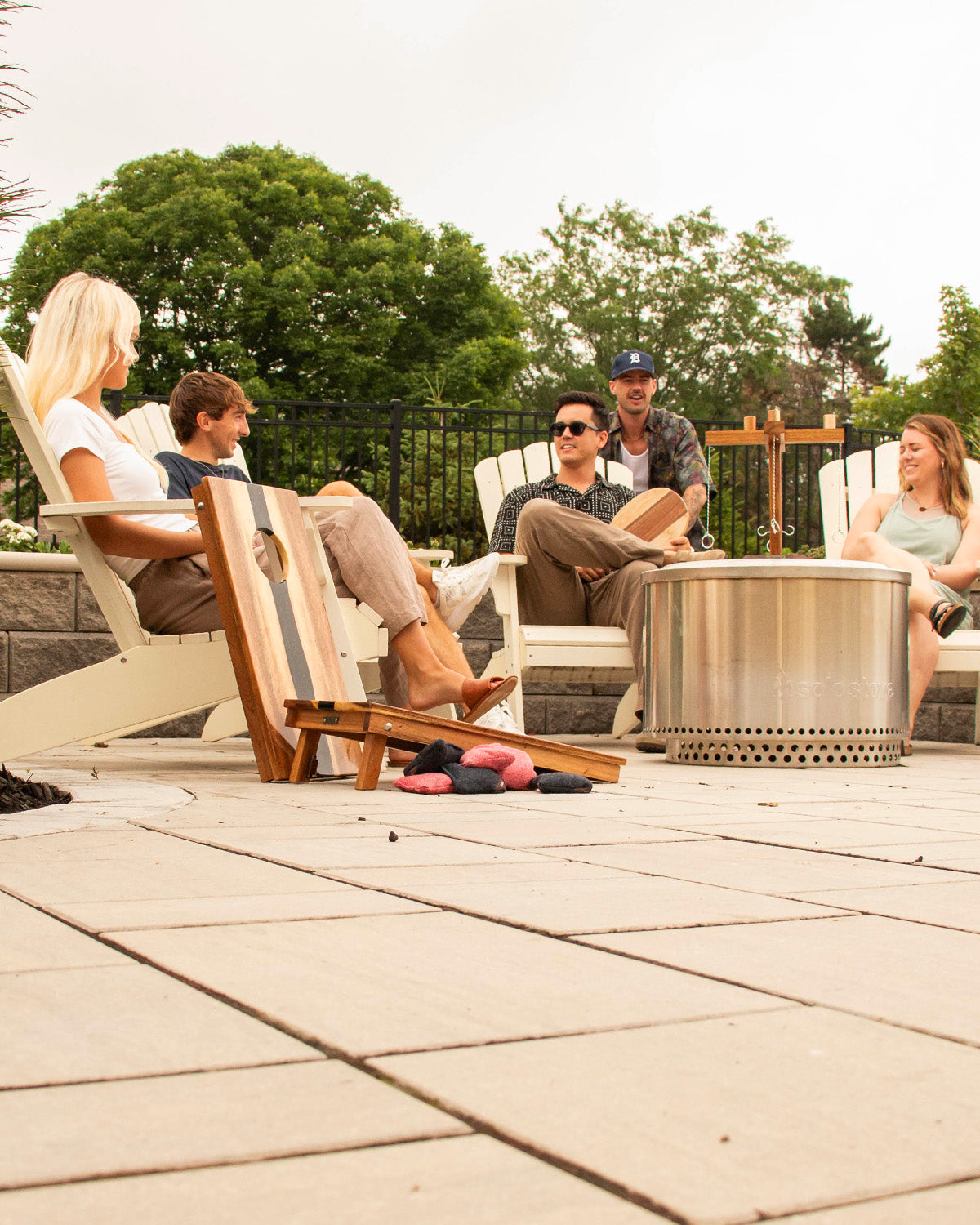





























![How To Play Horseshoes [Complete Guide & History]](http://elakaioutdoor.com/cdn/shop/articles/how-to-play-horseshoes-complete-guide-history-2383030.jpg?v=1763152666&width=1500)


